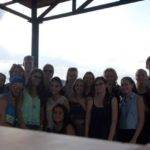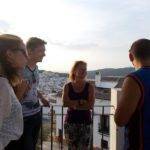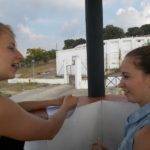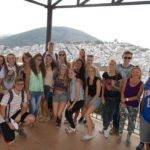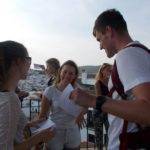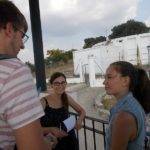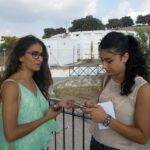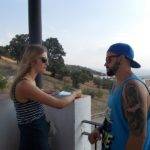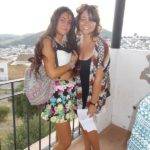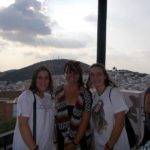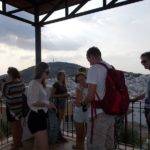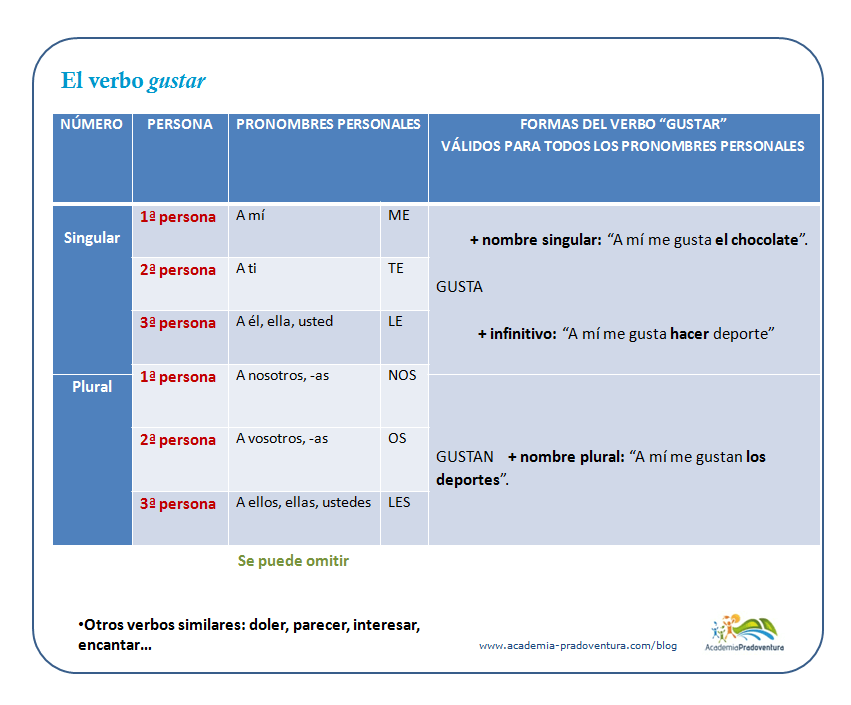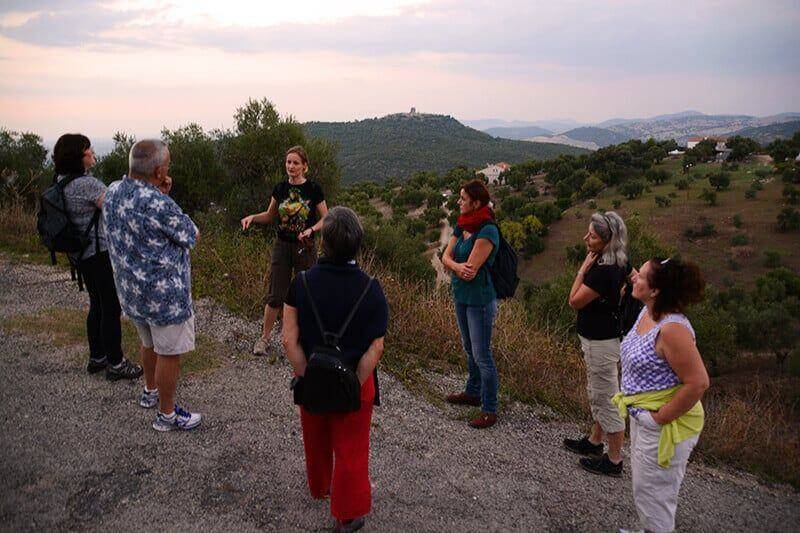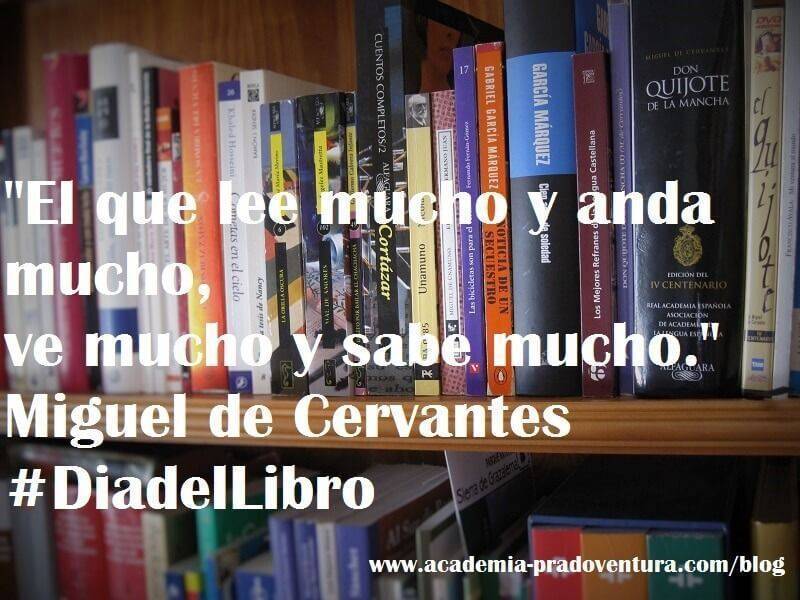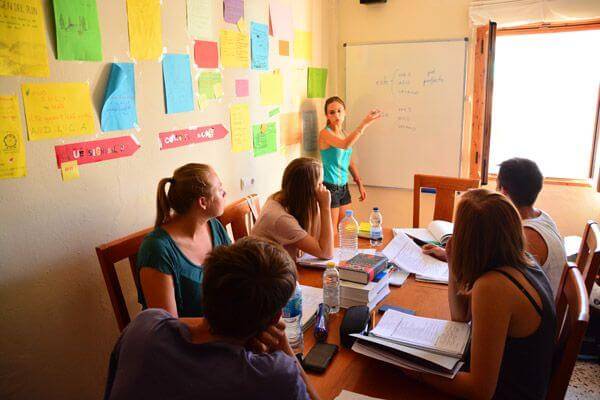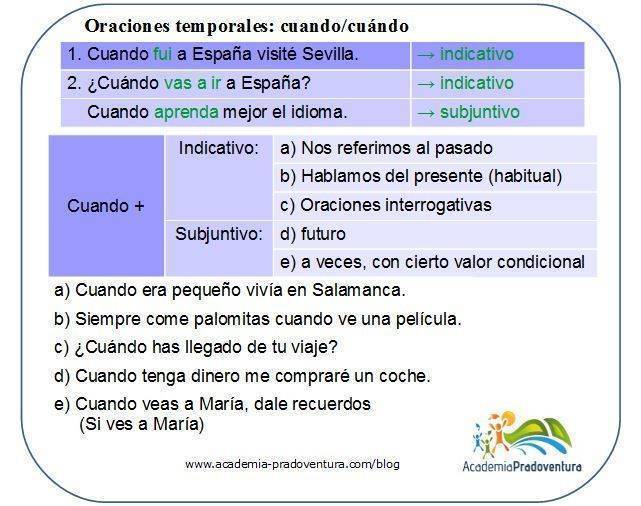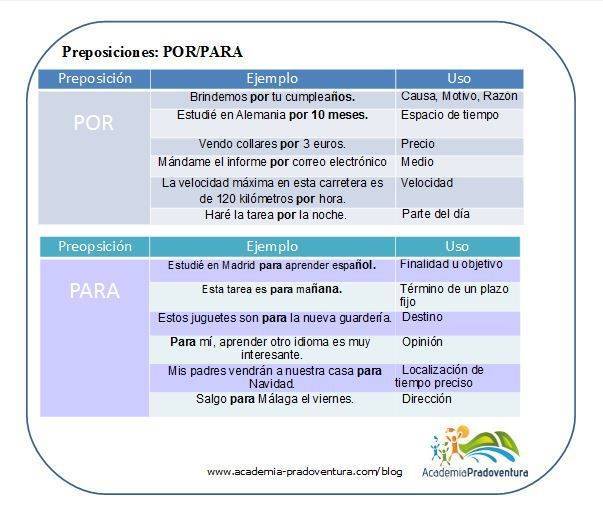Os deseamos feliz Navidad y que vuestro 2016 sea lleno de salud, felicidad, éxito y amor.
Os agradeceros la confianza que habéis depositado en nosotros y los momentos felices que habéis compartido con nosotros durante estos 11 años. Nos alegraría mucho volver a veros en 2016.
Este año os felicitamos con esta versión flamenca del cuento de Navidad que nos gusta mucho. Más abajo os ponemos la letra para que podáis entender mejor su significado en español.
Aquí tenéis la letra.
El nacimiento 4º la mayor
Por el caminito que lleva a Belén
una borriquilla, María y José
la luna los sigue, los quiere alumbrar
qué largo camino, cuándo llegarán.
El viento los mira,
María suspira ya no puedo más
tranquila mi vida, decía José
por el caminito que lleva a Belén.
Acelera el paso, andando deprisa
que ya se divisa, espera mi bien.
Se acabó el camino
bendito destino
ya estamos muy cerca
ya se ve Belén.
La noche esta fría
tranquila María buscaré posada
llamaré a las puertas en la madrugada
y tendrás el hijo que tanto esperabas.
Nadie abrió la puerta
un frío silencio hubo por respuesta
las calles vacías, ni un alma despierta
tan solo la luna los miraba inquieta.
Por las calles de Belén, camina José
buscando cobijo
un viejo establo será, donde nacerá
María tu hijo
Nos quedaremos aquí
entre el buey y la mula nos darán calor
y la luz de luna clara, alumbró su cara
llena de dolor.
Cógeme la mano, aprieta con fuerza
que lo estoy sintiendo
el momento se acerca
gritos y suspiros, sangre derramada
y el llanto de un niño en la madrugada.
Has sido valiente
lo puso en sus brazos le besó en la frente
ya tienes tu hijo, fruto de tu vientre
descansa María, que el niño ya duerme.
Casi amanecía
nació aquella noche, dormía María
el niño lloraba José sonreía
y hasta las estrellas a verlo venían.
Llegó la mañana, despertó María
mirando a su niño le dio con cariño
besos de alegría.
Tres magos de oriente, vinieron a verlo
era su destino y un largo camino
para conocerlo.
Pastores llevaron al recién nacío
ropita de abrigo y leña de olivo
pá’ quitarle el frío.
Se marchó la luna, estrellas y luceros
y el sol alumbraba la divina cara
del Rey de los Cielos.
Pastores llevaron al recién nacío
ropita de abrigo y leña de olivo
pá’ quitarle el frío.
Se marchó la luna, estrellas y luceros
y el sol alumbraba la divina cara
del Rey de los Cielos.
Casi amanecía
nació aquella noche dormía María
el niño lloraba José sonreía
y hasta las estrellas a verlo venían.
Por el caminito que lleva a Belén
una borriquilla, María y José.
por Rafael González
Anotaciones:
nacío = nacido
pá = para






